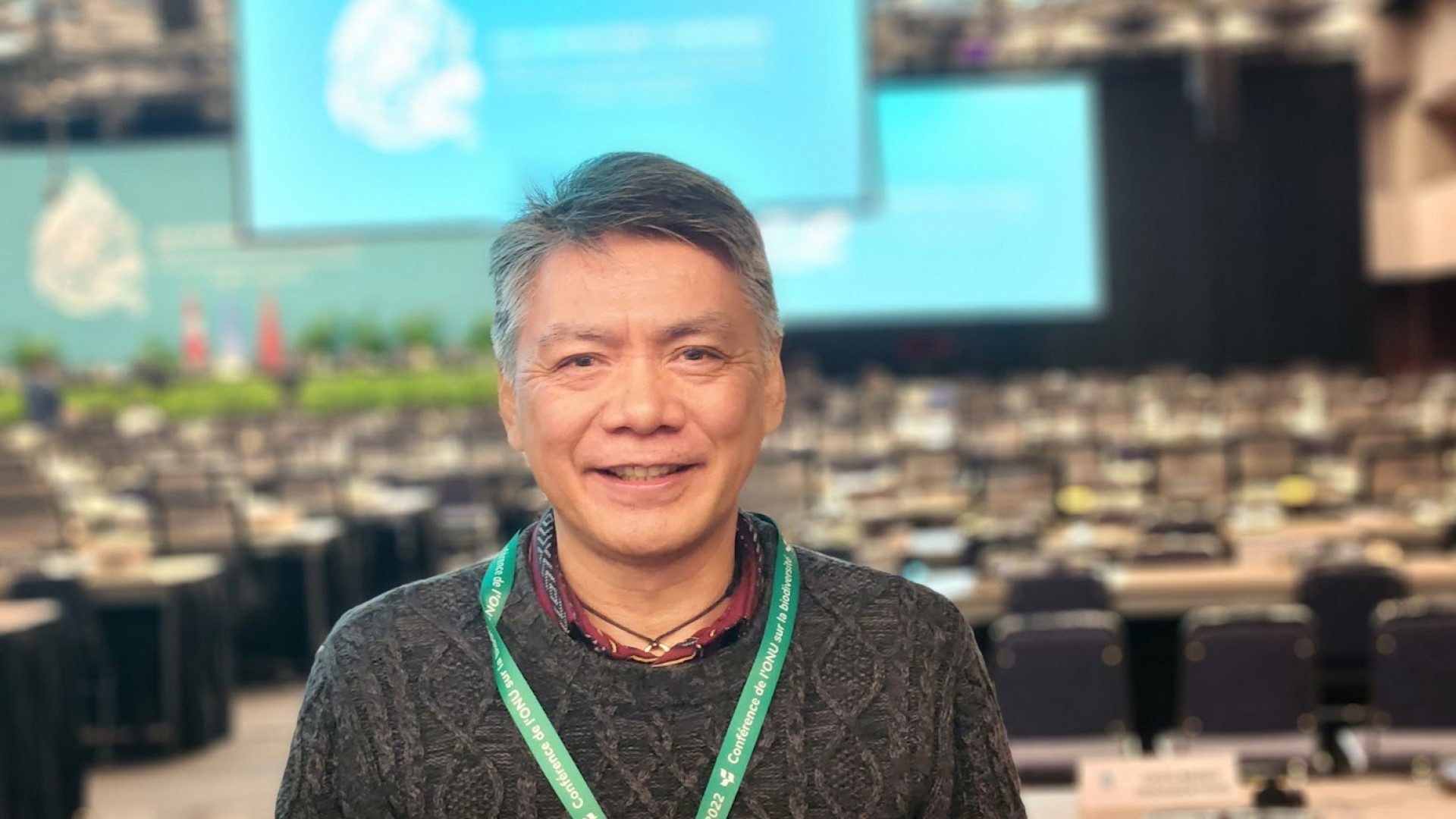Opinion: All donors—governments and private charities—should remove procedural barriers against direct funding to Indigenous People and local community organizations.
First published on 01/14/2023, and last updated on 09/15/2023
Written by Giovanni B. Reyes, President, Philippine ICCA Consortium
We are the Indigenous People. As the People taking care of the planet’s heart, we will not allow that heart to be harmed, just as individual human beings protect their hearts.
It is generally admitted that the need for more adequate financial resources is among the reasons for the failure to achieve the previous global biodiversity targets. In 2020, the Global Biodiversity Outlook 5 correctly assessed that none of the Aichi Biodiversity Targets would be fully met, and unfortunately, that was the case. Financing for biodiversity conservation needed to be more generally sufficient for needs.
The latest global spatial analysis shows that Indigenous peoples and local communities play an outsized role in the governance, conservation, and sustainable use of the world’s lands and biodiversity. Biodiversity is best conserved in the territories and areas conserved by Indigenous peoples and local communities, also known as the ICCAs—territories of life.
But the contrast between Indigenous Peoples’ contribution to biodiversity and the level of aid reaching Indigenous Peoples is glaring. We have been saying it all along: the lack of financing needed for biodiversity conservation has worsened for Indigenous Peoples and local communities.
For example, globally, Indigenous Peoples and local communities have received only 0.13 % of the development aid designated to address the climate crisis.
Governments and private funders acknowledged this challenge when they launched the 1.7 US Dollar pledge at the 2021 United Nations Climate Change Conference (COP26) in Glasgow, Scotland. The donors of the pledge stated that the crucial contribution of Indigenous Peoples protecting forests, including tenure rights and forest guardianship in tropical and sub-tropical forests, is critical in combatting climate change.
It was mentioned that the financing would be directed at:
- “Channeling support to Indigenous Peoples and local communities, including through capacity building and financial support for group activities, collective governance structures and management systems, and sustainable livelihoods;” and
- “Activities to secure, strengthen and protect Indigenous Peoples’ and local communities’ land and resource rights, including, but not limited to, support to community-level tenure rights mapping and registration work, support to national land and forest tenure reform processes and their implementation, and support to conflict resolution mechanisms.”
But later, a progress report found that only 7% of the funding from the pledge during the 2021-2022 period went directly to Indigenous and community organizations.
This must change. To best support the custodianship and guardianship of biodiversity defined by Indigenous Peoples and local communities, we must work together to strengthen direct funding mechanisms for our communities.
Whenever funding for climate, conservation, or development comes through bilateral collaboration between two states, it must be ascertained first that the recipient government must respect the rights of the Indigenous People. The donor state must place similar safeguards upon themselves, the related programs, and the projects managing the granting mechanism.
The second issue is about the role of intermediaries. In any such funding mechanism, it should be ascertained that the intermediaries must have policies upholding Indigenous Peoples’ rights to consultations, participatory planning, implementation, monitoring, and evaluation. And such funding through intermediaries must align with priorities identified by Indigenous Peoples and their communities.
Finally, and most importantly, funding designated for Indigenous People should be directly granted to Indigenous organizations. All donors—governments and private charities—should remove procedural barriers against direct funding to Indigenous People and local community organizations.
Direct funding mechanisms must be established with the appropriate decision-making institutions representing Indigenous communities. In territories where representative Indigenous institutions are known to the communities, the funding should be directly granted to those institutions instead of sub-granting mechanisms controlled by outside organizations.
In response to the 1.7 billion US Dollar pledge and to operationalize the modalities, In Asia, we have established the Indigenous Peoples of Asia Solidarity Fund, or IPAS Fund. The IPAS Fund is an endowment fund that can become a source of recurring funding for Indigenous Peoples and local communities by rapidly deploying direct financing to our ICCAs—territories of life.
The Mesoamerican Territorial Fund (FTM) has also been established in Latin America. FTM is also managed directly by Indigenous Peoples and local communities, that is, by those who are the customary guardian of their territories of life.
During the 15th Conference of the Parties (COP15) to the Convention on Biological Diversity (CBD), as a member of the “High-Level Working Group on innovative mechanisms to address the Biodiversity Financing needs” formed by the French and the Gabonese governments, I spoke about these issues at the kick-off meeting of the working group.
In 2023, we have another opportunity on the global level to discuss the challenge of funding for Indigenous Peoples and local communities. The One Forest Summit will be held in Libreville, Gabon, on the 1st and 2nd of March this year. The summit is organized by the French and the Gabonese governments.
Across the world, the networks of Indigenous organizations have been working to establish initiatives like IPAS Fund and FTM. We should explore complementary roles that these Indigenous Peoples’ funding modalities can contribute to what the high-level working group is planning to establish before or during the One Forest Summit in Gabon.
